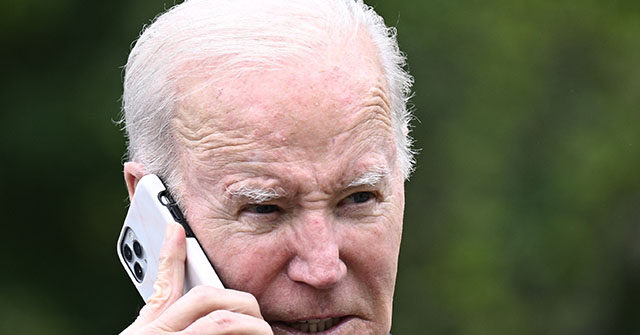Top News
Bidenflation Persists: Key Inflation Measure Shows Core Prices Up 4.6%

The pace of inflation slowed in May but remains far higher than the Federal Reserve’s two percent target.
The personal consumption expenditure price index, which measures the goods and services purchased by U.S. households, rose 3.8 percent compared with a year ago. That is down from the 4.4 percent reported in April.
Compared with the prior month, the index was up 0.1 percent, down from the extremely hot 0.4 percent pace in April.
The decline of energy goods and services prices drove the slowdown. Energy prices were down 3.9 percent in May compared with April. They rose 0.7 percent in April but were down in each of the prior two months.
Food prices rose 0.1 percent compared with April after being flat the month before.
Excluding food and energy prices—a measure often referred to as “Core PCE inflation”—prices were up 0.3 percent for the month and 4.6 percent over the past year.
The results were largely in line with Wall Street’s expectations. Forecasters had predicted a 0.1 percent monthly gain in the all-inclusive figure and a 3.8 percent annual increase. Core prices were forecast as rising o.4 percent for the month and 4.7 percent for the year.
The prices of goods fell by 0.1 percent. Nondurables fell 0.3 percent after rising 0.4 percent in April. Durable goods prices rose 0.2 percent for the second straight month after edging down in February and March. The prices of services rose 0.3 percent, the 36th consecutive month of rising services prices and the tenth consecutive month of services inflation being above 2.5 percent.
The PCE price index is used by the Fed in its two percent inflation target and projections of future inflation.
Read the full article here


















